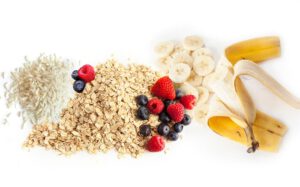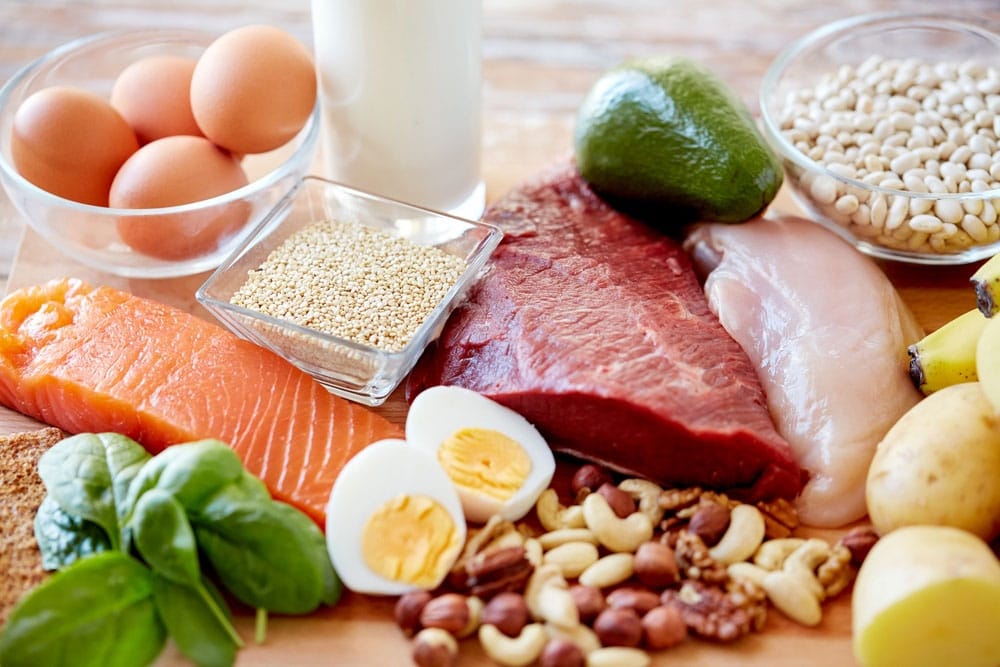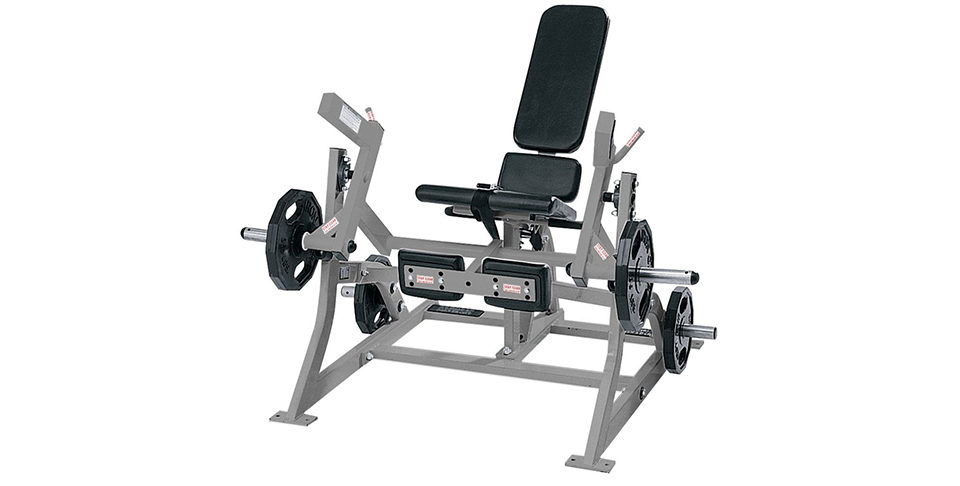 The Importance of Post-Workout Nutrition: Maximizing Recovery and Results
The Importance of Post-Workout Nutrition: Maximizing Recovery and Results
Post-workout nutrition plays a critical role in the recovery process and optimizing the benefits of exercise. After a strenuous workout, your body needs nutrients to replenish glycogen stores, repair muscle tissue, and promote muscle growth. In this article, we’ll explore the importance of post-workout nutrition and provide practical tips for maximizing recovery and results.
1. Replenishing Glycogen Stores:
During exercise, your body uses glycogen, stored carbohydrates in the muscles and liver, as a primary source of energy. Intense workouts can deplete glycogen stores, especially in endurance athletes and those engaging in prolonged or high-intensity exercise. Consuming carbohydrates post-workout helps replenish glycogen stores and restore energy levels. Aim to consume a combination of complex carbohydrates and simple sugars to facilitate rapid glycogen replenishment. Good sources include whole grains, fruits, vegetables, and sports drinks with added carbohydrates.
2. Repairing Muscle Tissue:
Exercise, particularly resistance training, creates microscopic tears in muscle fibers, leading to muscle damage and soreness. Post-workout nutrition provides the building blocks, such as protein and amino acids, necessary for repairing and rebuilding muscle tissue. Consuming protein-rich foods or supplements post-exercise helps stimulate muscle protein synthesis, the process by which muscles grow and adapt to training. Aim to consume high-quality sources of protein, such as lean meats, poultry, fish, eggs, dairy products, legumes, and plant-based protein sources like tofu and tempeh.
3. Supporting Muscle Growth:
In addition to repairing muscle tissue, post-workout nutrition plays a crucial role in promoting muscle growth and hypertrophy. Consuming protein and carbohydrates together post-exercise helps create an optimal environment for muscle recovery and growth. Research suggests that consuming a protein-rich meal or supplement within the first few hours after exercise can enhance muscle protein synthesis and promote greater gains in lean muscle mass. Aim to consume a balanced meal containing both protein and carbohydrates within 30-60 minutes post-workout to maximize muscle growth potential.
4. Hydration and Electrolyte Balance:
Proper hydration is essential for optimal exercise performance and recovery. Sweating during workouts leads to fluid loss and electrolyte depletion, which can impair muscle function and increase the risk of dehydration. Rehydrating with water and electrolyte-rich fluids post-workout helps restore fluid balance and replenish lost electrolytes such as sodium, potassium, and magnesium. Consider consuming sports drinks, coconut water, or electrolyte-enhanced beverages to replenish fluids and electrolytes lost during exercise, especially in hot or humid conditions or during prolonged workouts.
5. Timing and Composition:
The timing and composition of post-workout nutrition can significantly impact recovery and muscle adaptation. Aim to consume a post-workout meal or snack containing carbohydrates and protein within 30-60 minutes after exercise to optimize nutrient uptake and recovery. The ideal ratio of carbohydrates to protein depends on factors such as exercise intensity, duration, and individual goals. A general guideline is to aim for a ratio of 3:1 or 4:1 carbohydrates to protein, with the total amount depending on factors such as body weight, training volume, and intensity.
Conclusion:
Post-workout nutrition is a critical aspect of any fitness regimen, helping to replenish glycogen stores, repair muscle tissue, and promote muscle growth and recovery. By prioritizing nutrient-rich foods and fluids post-exercise, you can accelerate recovery, minimize muscle soreness, and maximize the benefits of your workouts. Experiment with different post-workout meals and snacks to find what works best for your body and goals. Remember that consistency is key, and making post-workout nutrition a priority can help you achieve your fitness goals more effectively.








